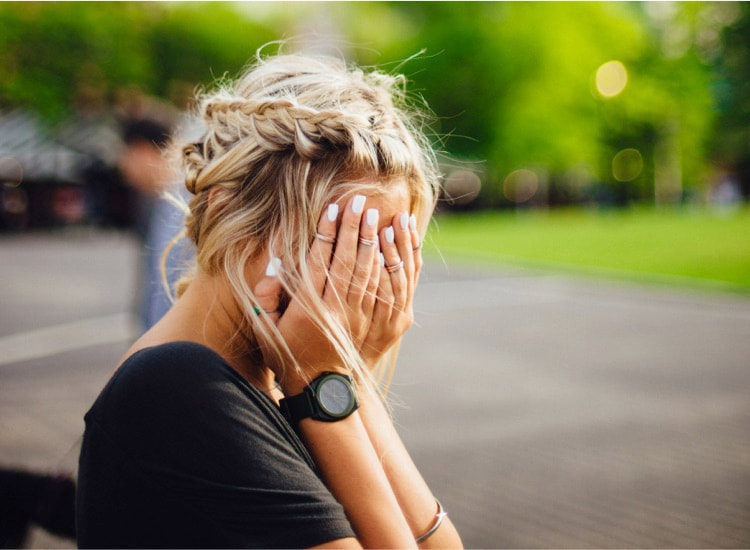Sadness: Definition, Causes, & Related EmotionsBy Zamfira Parincu, BA, Researcher
Reviewed by Tchiki Davis, M.A., Ph.D. What is sadness? Find out why it is important to learn how to sit with sadness and some techniques to overcome it.
Before we get started, we thought you might be interested in taking our well-being quiz to get your free personalized report. Or, if you're a well-being entrepreneur or coach, download our Wellness Business Growth eBook to get expert tips, tools, and resources to grow your business fast.
Are You a Therapist, Coach, or Wellness Entrepreneur?
Grab Our Free eBook to Learn How to
|
Are You a Therapist, Coach, or Wellness Entrepreneur?
Grab Our Free eBook to Learn How to Grow Your Wellness Business Fast!
|
Terms, Privacy & Affiliate Disclosure | Contact | FAQs
* The Berkeley Well-Being Institute. LLC is not affiliated with UC Berkeley.
Copyright © 2024, The Berkeley Well-Being Institute, LLC
* The Berkeley Well-Being Institute. LLC is not affiliated with UC Berkeley.
Copyright © 2024, The Berkeley Well-Being Institute, LLC




